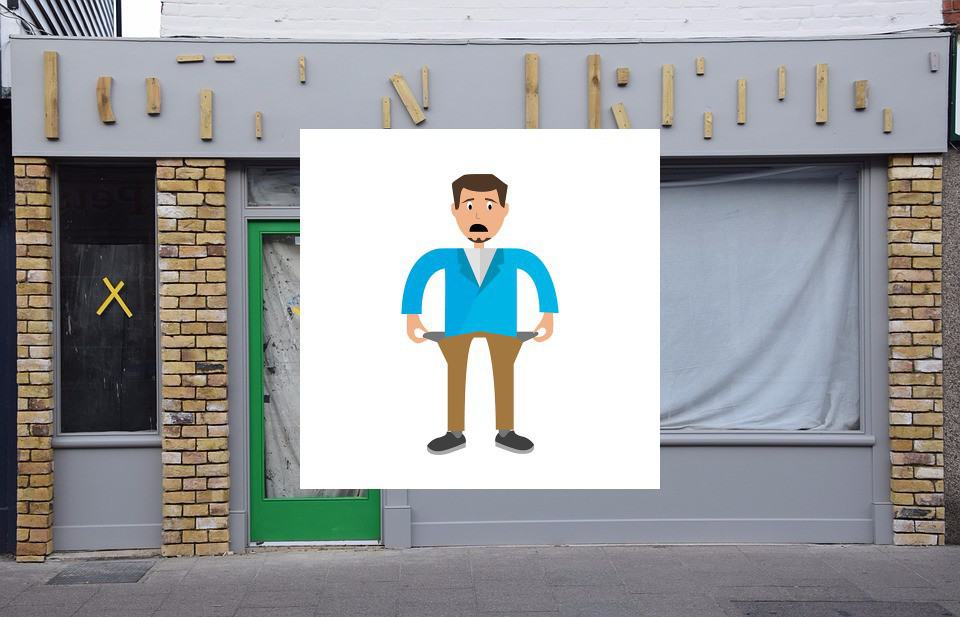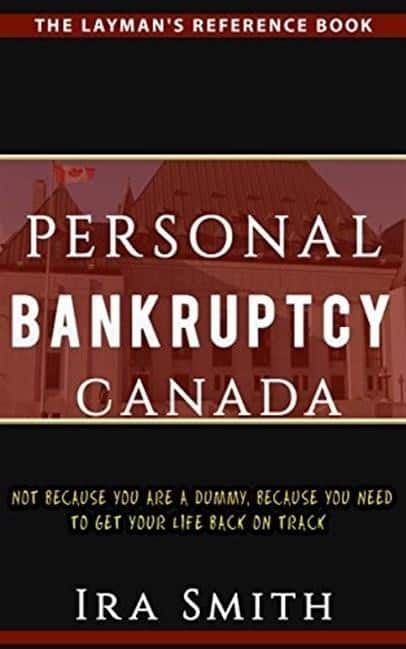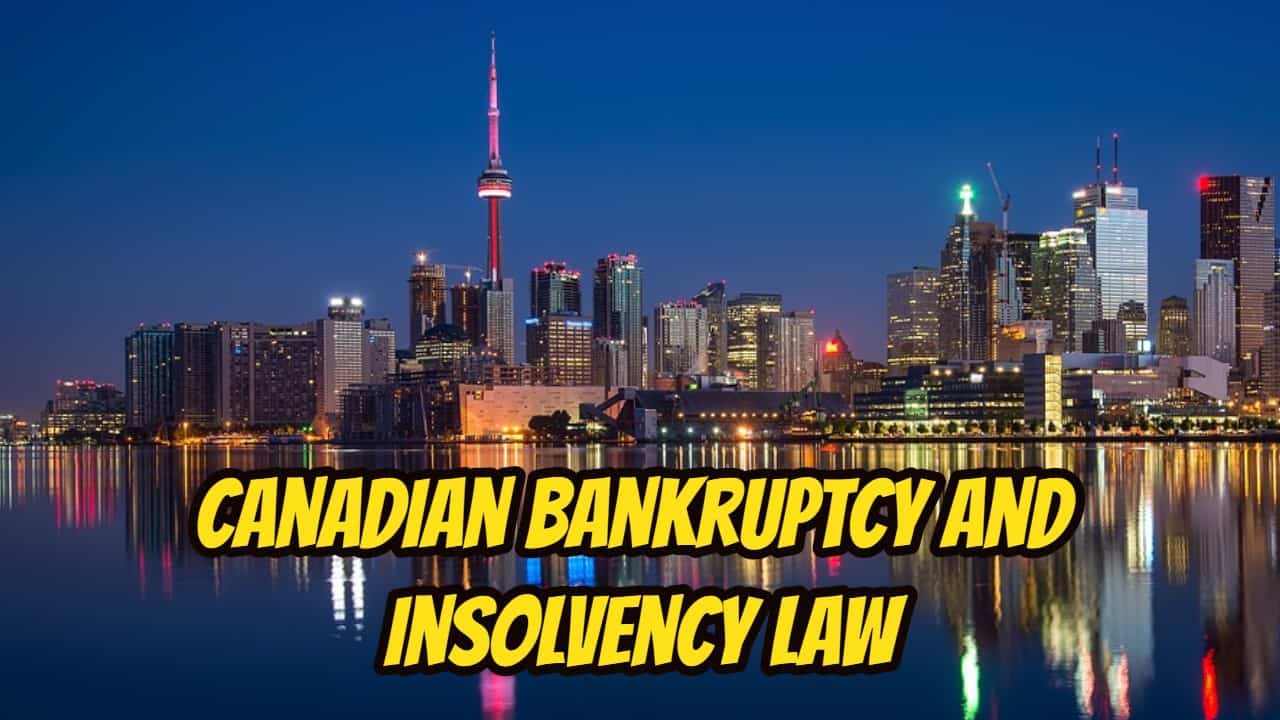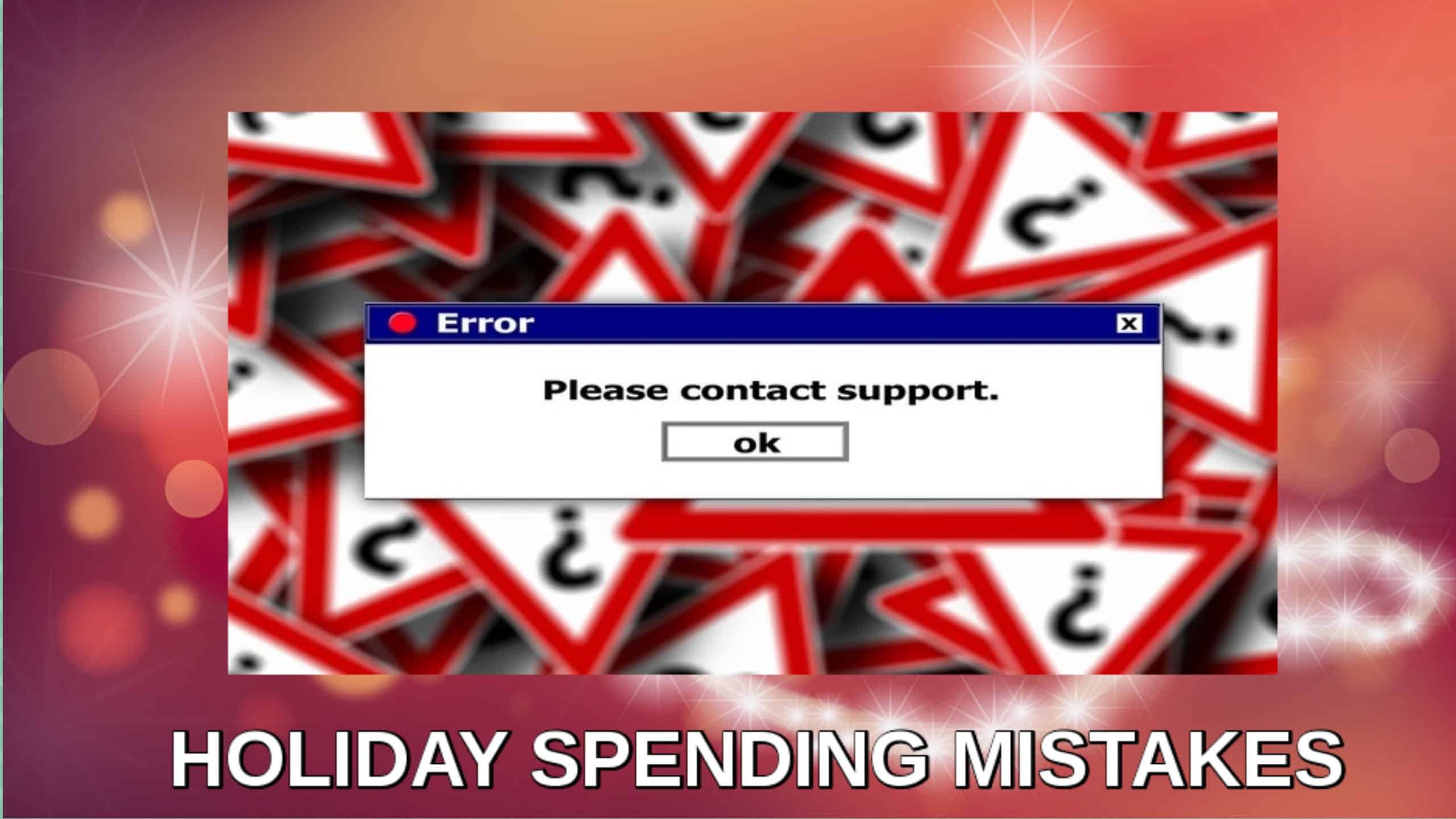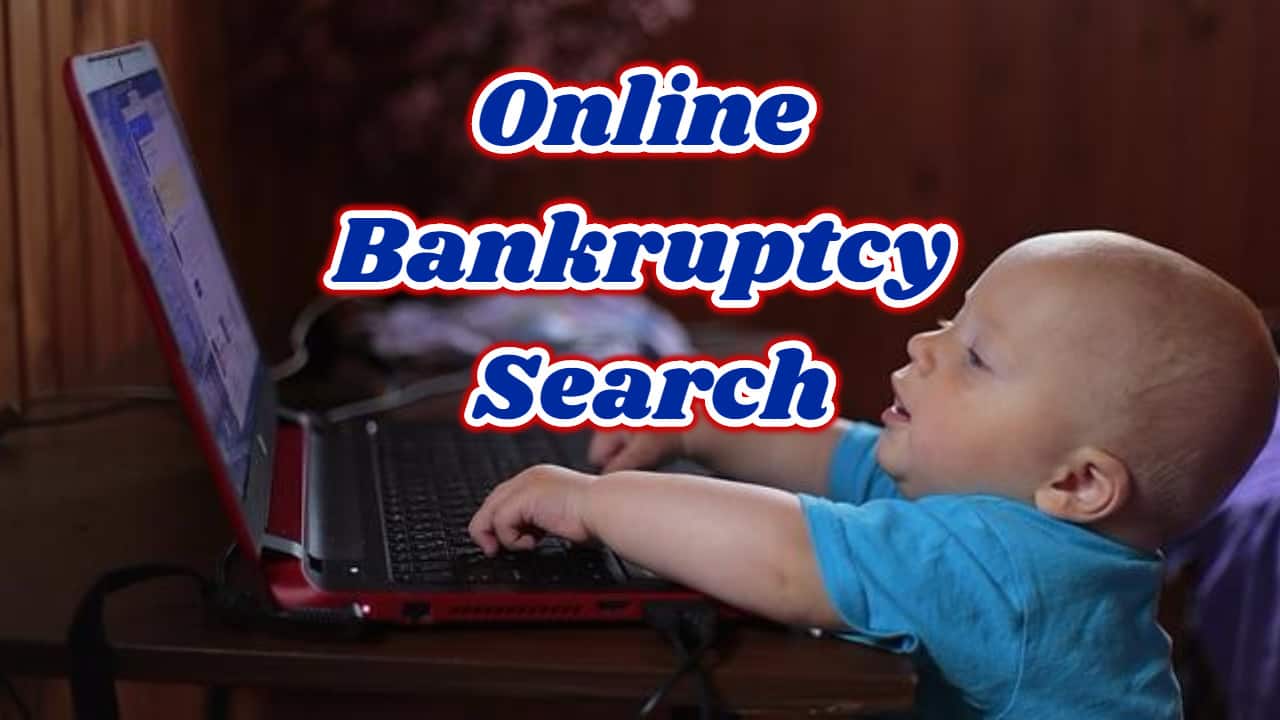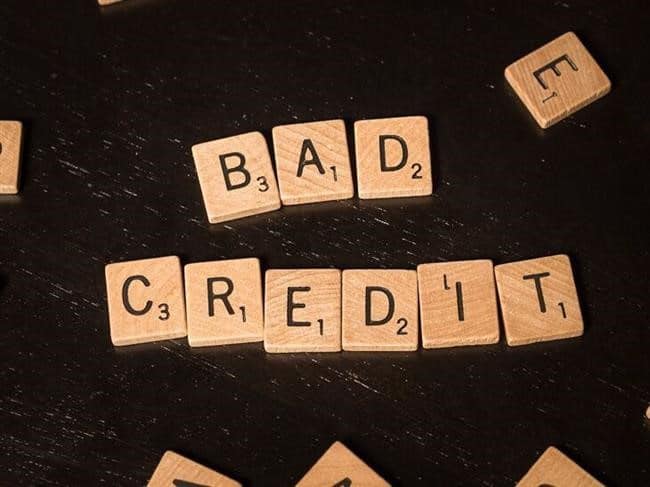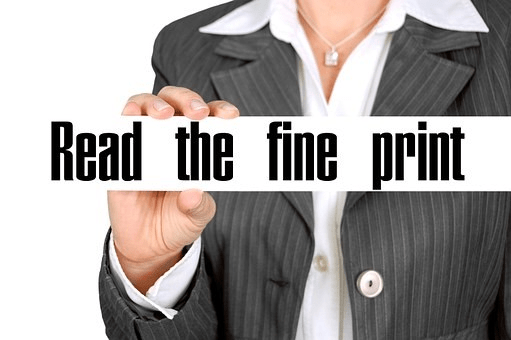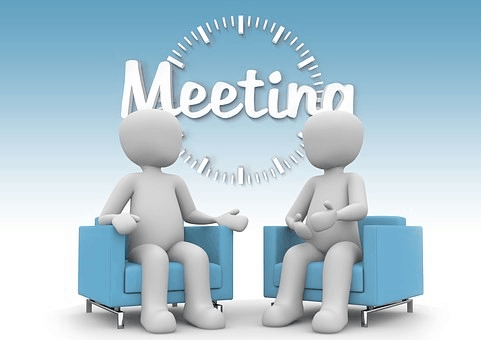Can you file personal and corporate bankruptcy: Introduction
Can you file personal and corporate bankruptcy is a question all small business owners ask us when they come to our office for a free consultation. We discuss local business bankruptcy with entrepreneurs in our office. Their personal and business lives are intertwined. There’s very little distinction between the individual their small business.
This is especially true if their business in unincorporated and is being operated as a proprietorship. Our role is to first understand them as a person and as a business separately. This way we can give the best possible advice. If the business is a proprietorship, then we are only talking personal bankruptcy, or alternatives to avoid bankruptcy, such as a consumer proposal or restructuring proposal.
Can you file personal and corporate bankruptcy: Better to be separate legal entities
If their business legal form is that of a corporation, then we look at both the corporate and personal issues separately. The reason for this is because in the eyes of the law, the corporation and the individual are separate people. Many times it is not necessary for both the corporation and the individual to each file an insolvency process. Maybe only one has to.
Separating your business and personal assets and liabilities is a great reason for incorporating your business. When discussing bankrupting an incorporated company, we also need to consider if there are any Director liabilities. We must also consider the owner’s personal situation. This is so we can make sure they do not do themselves more personal harm than good. We also first look to see if there is a way to restructure and save the corporation.
Can you file personal and corporate bankruptcy: What is bankruptcy
Bankruptcy is a lawful method for the honest but unfortunate company or person to get a remedy from the burden of the financial debts that cannot be repaid. When an assignment in bankruptcy is submitted a “stay of proceedings” is invoked.
What the stay of proceedings means
The stay of proceedings results in stopping creditors from beginning or continuing with litigation against the company or person. The stay of proceedings also stops an unsecured creditor who has obtained a judgement. It stops them from garnishing funds from a bank account or part of the person’s wages.
For unsecured creditors, the stay of proceedings also calls a timeout to make sure that one unsecured creditor does not get a benefit over others in regards to the settlement of financial obligations. Keep in mind that the bankruptcy process could also be started by one or more unsecured creditors. They must be owed at least $1,000 in total.
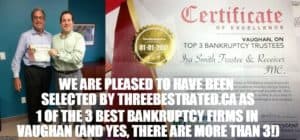
Can creditors push you into bankruptcy?
The unsecured creditor(s) could file a motion with the Court requesting that a Bankruptcy Order be issued against the company or person. The method of bankrupting a corporation in Canada is the same as that of a person. In addition to being able to prove that the company or person owes this unsecured creditor or group at least $1,000, they also need to prove that at least one act of bankruptcy has been committed in the 6 months prior to the filing of the motion.
The Bankruptcy and Insolvency Act (R.S.C., 1985, c. B-3) identifies the various acts of bankruptcy. The most common one is “ceases to meet his liabilities generally as they become due”.
Secured creditors are generally not impacted by bankruptcy. They can realize upon the assets of the company or person covered by the security. In return for the original loan, the lender required that the borrower put up the security as a condition of the loan. The reason for this was so that if insolvency happens, the lender could sell the assets to try to repay the loan, interest and costs.
The secured creditor only really takes part in the bankruptcy process if after they have sold all the assets covered by their security, they are still owed money. The balance they are still owed is an unsecured debt.
Personal bankruptcy
If an individual’s business is a single proprietorship or a partnership, but not a corporation, legally, the person or people are also the business. So when they deal with the possibility of bankruptcy, all their assets are included, subject to provincial exemptions. Simply put, the assets of the business are not held different from their individual assets, so a small business bankruptcy of this kind is personal bankruptcy.
Where does Canada Revenue Agency fit in?
There are generally 3 types of claims that Canada Revenue Agency (CRA) has against a business. It does not matter if the business is incorporated or is a sole proprietorship.
The 3 kinds of CRA claims generally are:
- Unremitted source deductions from employee payroll
- Net HST owing
- Unpaid income tax from profitable years
Both the HST liability and income tax, in a bankruptcy, is an unsecured claim. However, the HST liability is also a personal claim against the Director(s) of a corporation. Unremitted source deductions are both a deemed trust claim against the bankrupt’s assets and in the case of a corporation, a personal claim against the Director(s) of the company.
When we do our first consultation with a business owner, when the business is run in a corporation, whenever unremitted source deductions or HST is involved, this always leads to a talk about the person’s situation in the event CRA would make a claim against the Director.
Some bankruptcy statistics
According to the Office of the Superintendent of Bankruptcy Canada, for the 12 months ending September 30, 2017, there were 125,912 insolvencies in Canada. This is a decrease of 3% over the same time period a year earlier. Consumer insolvency filings were 122,296 or 97.1% of total filings. The consumer filings were split into 59,192 bankruptcies and 63,104 consumer proposals – roughly half and half.
Business insolvency filings for the same time period in all of Canada totalled 3,616, a decrease of 8.1% from the 12 month period one year earlier. Business insolvency filings were split into 2,719 bankruptcies and 897 proposals. These statistics do not include filings by very large corporations under the Companies’ Creditors Arrangement Act (R.S.C., 1985, c. C-36).
As you can see, for a country the size of Canada, there were not a lot of business insolvencies during the first 9 months of 2017. The consumer filings were split roughly even between bankruptcy and a consumer proposal, the best consumer bankruptcy alternative.
Alternatives to Declaring Bankruptcy
A consumer proposal entails paying back a part of your financial debts in return for your unsecured creditors forgiving the remaining balance owing. A consumer proposal provides a significant benefit for a proprietor or partner in an unincorporated business. Unlike in a bankruptcy, your assets are not available for seizure by the licensed insolvency trustee (LIT).
You can take up to 60 months to pay off your consumer proposal. How much you will have to offer your creditors depends on what the unsecured creditors could expect in your bankruptcy. Working with a LIT, you work out that amount through discussion and analysis. A LIT can explain the entire process to you.
From a financial viewpoint, a consumer proposal is better than your bankruptcy because it permits the unsecured creditors to recoup a larger part of the debt than they would receive in your bankruptcy.
What is best for you and your business?
If you find you or your business is in a financial danger zone, contact Ira Smith Trustee & Receiver Inc. We’re full-service insolvency and financial restructuring practice serving companies and people throughout the Greater Toronto Area (GTA) facing financial crisis or bankruptcy that need a plan for Starting Over, Starting Now.
Your financial problems can be solved with immediate action and the right plan. Give us a call today.
